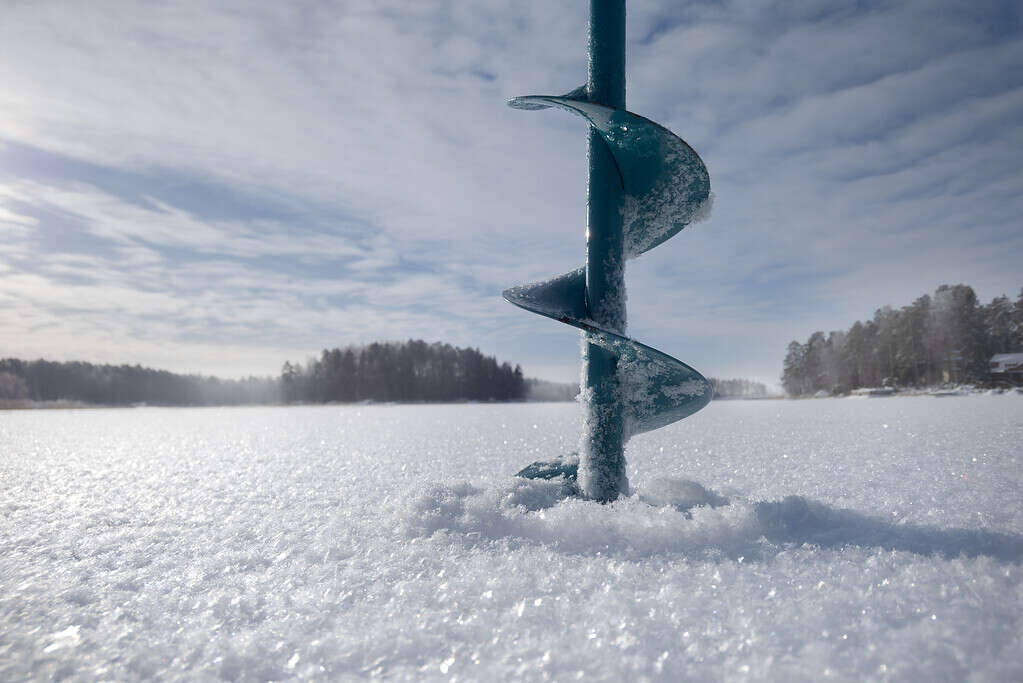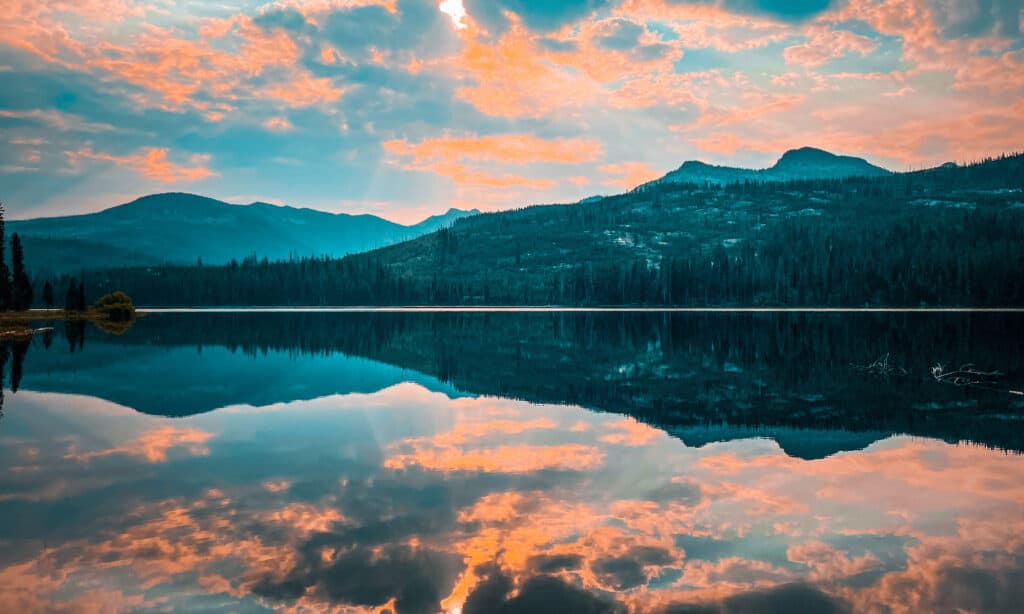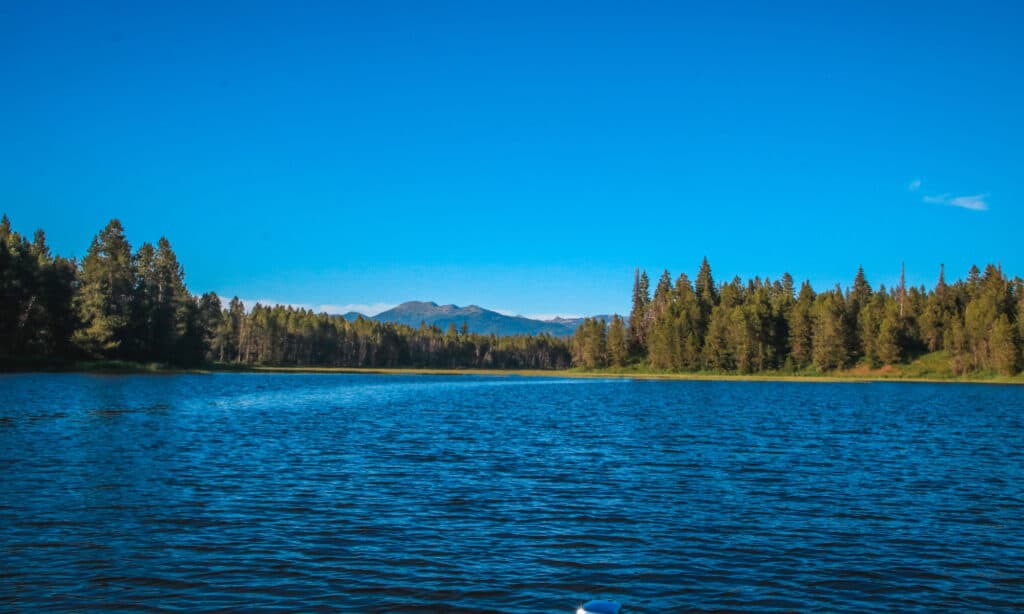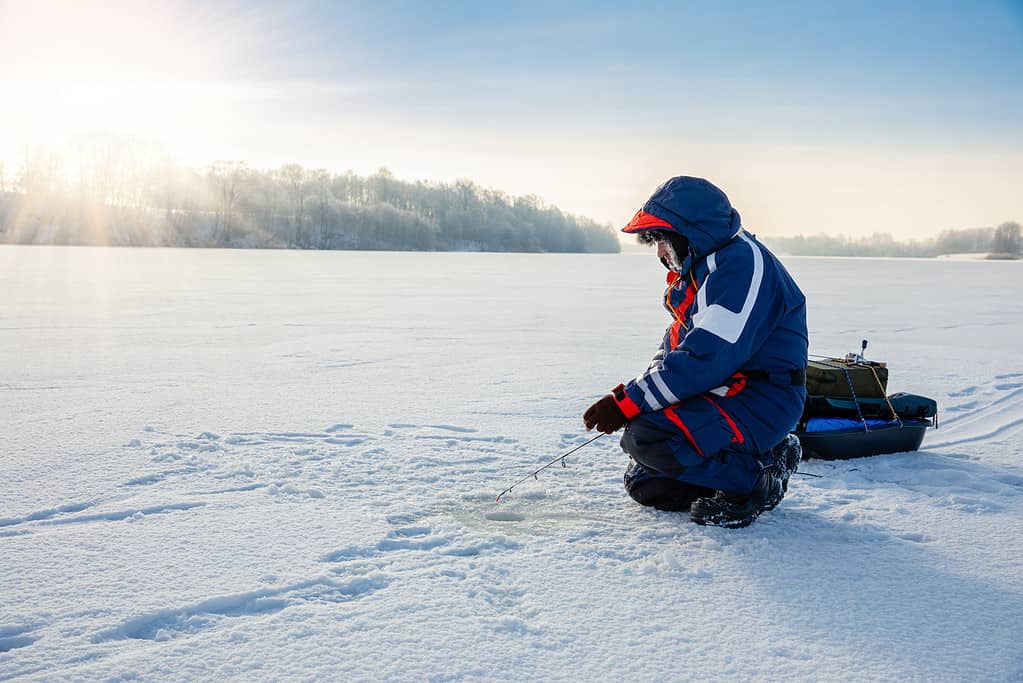As temperatures plunge in the dead of winter, many lakes in Idaho, especially those in the northern region, freeze over. People around the state go ice fishing and skating on frozen ponds, lakes, and reservoirs, toting hot chocolate and sleds of winter gear. But you must find the perfect spot!
While Idaho winters are frigid, not all of the state’s lakes freeze over completely. You must watch out for thin ice, even in bodies of water that consistently freeze. Be sure to take precautions before venturing out on any frozen lake. Do not run or jump on the ice; be mindful of how many are in your party; and check for weak spots near inlets, outlets, docks, and places with consistent sun exposure.
Check out these lakes in Idaho that completely freeze over in the winter and discover the best cold-weather activities!
Avondale Lake

Avondale Lake is a private lake with a public access point on the southwest side.
©happyphoton/iStock via Getty Images
This 58-acre lake is in Kootenai County, Idaho, a popular recreational lake for boating, fishing, and swimming. Due to its location and smaller size, Avondale Lake provides plenty of winter fun when it freezes over. Thankfully, it is one of the first to freeze when a cold front moves through. While the lake is privately owned, public visitors can access the lake’s southwest side, including the ice fishery. The Idaho Department of Fish and Game stocks Avondale Lake with rainbow trout during the winter.
Payette Lake

Payette Lake freezes in January and February. But visitors should still take precautions.
©photosbysixfive/Shutterstock.com
Sitting 5,000 feet above sea level in the Idaho mountains, Payette Lake is an impressive expanse of glacial water. This natural lake covers 5,330 acres in west-central Idaho and is the upper drainage basin of the Payette River. During the summer, the water and surrounding areas are a haven for boating, hiking, and biking. But winter provides a snowy wonderland for ice skating, ice fishing, snowshoeing, snowmobiling, and cross-country skiing. Frozen Payette Lake is quite the spectacle, but visitors should still be careful when traversing the ice. The ice season typically arrives in January and only lasts through February.
Twin Lakes Reservoir

Twin Lakes can get up to 10 inches of ice!
©alexei_tm/iStock via Getty Images
In Kootenai County, Twin Lakes has two bodies of water: an upper lake and a lower lake. This southeast Idaho lake is a popular recreational area, especially for fishing and camping. The reservoir gets around eight to ten inches of ice during winter and is an excellent spot for ice fishing. While at least 7 inches of ice is acceptable for snowmobiles, Twin Lakes Reservoir does not permit these recreational vehicles. But the lake hosts a variety of fish species under the ice, including bluegill, rainbow trout, and northern pike.
Bear Lake

Bear Lake has a max depth of 208 feet and can freeze up to 3 feet thick.
©formulanone / flickr – License
The natural freshwater Bear Lake sits along the Idaho and Utah border, where it’s split about equally. Bear Lake is in the Cache Mountain range in southeast Idaho, where it covers an area of 109 square miles and features a max depth of 208 feet. While Bear Lake freezes over, it’s not possible every year. Its surface freezes over every three out of five years, but its ice thickness varies. When it freezes up to 3 feet thick, visitors can enjoy various winter activities, like ice skating and fishing. The surrounding valley and mountains have numerous snowmobiling trails, making an exciting winter playground.
Cascade Lake

Lake Cascade is the fourth-largest lake in Idaho, known for great ice fishing.
©NicoleeeeeKM/Shutterstock.com
Cascade Lake in Valley County is a reservoir in the Boise National Forest on the North Fork of the Payette River. The lake covers over 27,000 acres and is the fourth-largest lake in Idaho. Despite its immense size, Cascade Lake freezes over in the winter due to its nearly 5,000 feet of elevation. During the winter, it is one of the most popular lakes for ice fishing and even hosts several tournaments. The best time to visit the frozen Cascade Lake is from late January through February. It would be best to be mindful of hazardous spots and accurately measure the ice before venturing too far. On average, you can expect between 4 and 7 inches of ice.
Horsethief Reservoir

The center of Horsethief Reservoir can get more than 4 inches thick with ice.
©smiltena/iStock via Getty Images
Surrounded by pine forests and granite peaks, Horsethief Reservoir covers 260 acres in Valley County, Idaho, where it sits quiet and undisturbed. This reservoir offers a peaceful getaway for those who enjoy boating, fishing, and camping. During the winter, you can expect perfect ice fishing conditions, with ice thickness measuring around 6 inches near the docks and 4 inches in the lake’s center.
Summary of the 6 Lakes in Idaho That Completely Freeze Over in the Winter
| Lakes in Idaho That Completely Freeze Over in the Winter | Location |
|---|---|
| Avondale Lake | Kootenai County |
| Payette Lake | Valley County |
| Twin Lakes Reservoir | Kootenai County |
| Bear Lake | Bear Lake County |
| Cascade Lake | Valley County |
| Horsethief Reservoir | Valley County |
The photo featured at the top of this post is © jamesvancouver from Getty Images, Aidenopoly/ via Canva.com
Thank you for reading! Have some feedback for us? Contact the AZ Animals editorial team.







